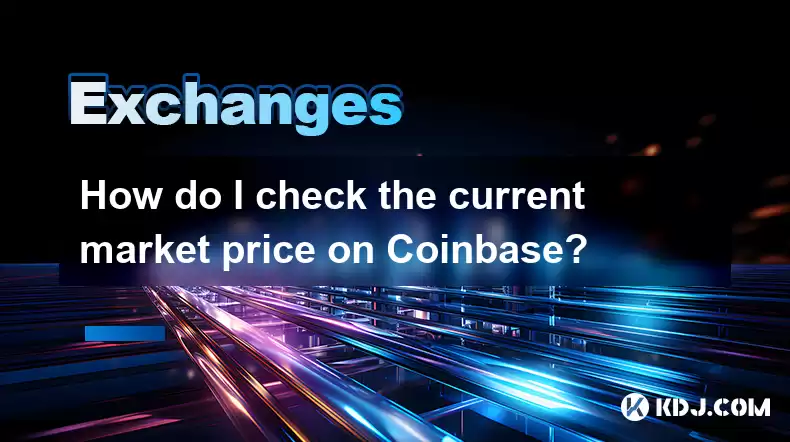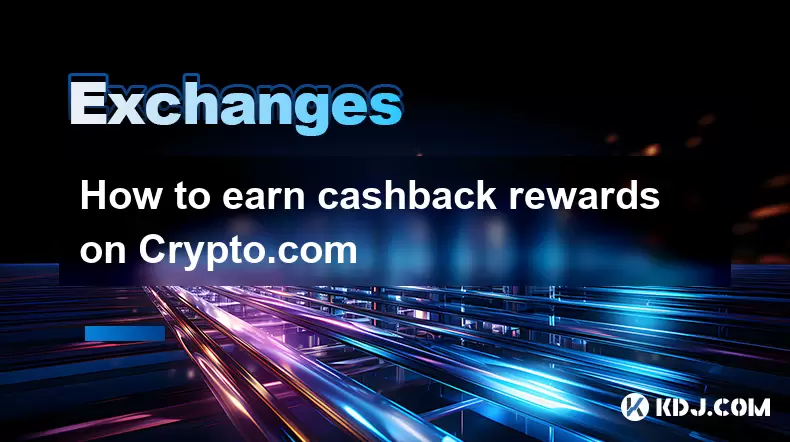-
 Bitcoin
Bitcoin $117700
-1.00% -
 Ethereum
Ethereum $4458
-3.91% -
 XRP
XRP $3.119
0.14% -
 Tether USDt
Tether USDt $1.001
-0.02% -
 BNB
BNB $836.6
-1.56% -
 Solana
Solana $189.5
-3.90% -
 USDC
USDC $0.9998
-0.02% -
 Dogecoin
Dogecoin $0.2335
1.29% -
 Cardano
Cardano $0.9642
1.51% -
 TRON
TRON $0.3539
-1.19% -
 Hyperliquid
Hyperliquid $47.41
-1.84% -
 Chainlink
Chainlink $21.92
-3.28% -
 Stellar
Stellar $0.4286
-0.23% -
 Sui
Sui $3.724
-3.29% -
 Bitcoin Cash
Bitcoin Cash $594.8
-0.78% -
 Ethena USDe
Ethena USDe $1.001
0.04% -
 Hedera
Hedera $0.2501
-2.06% -
 Avalanche
Avalanche $23.96
-4.87% -
 Litecoin
Litecoin $119.0
-2.32% -
 Toncoin
Toncoin $3.473
0.82% -
 UNUS SED LEO
UNUS SED LEO $9.596
0.17% -
 Shiba Inu
Shiba Inu $0.00001301
-0.39% -
 Uniswap
Uniswap $11.03
-0.25% -
 Polkadot
Polkadot $3.935
-2.62% -
 Dai
Dai $1.000
0.01% -
 Bitget Token
Bitget Token $4.564
-1.76% -
 Cronos
Cronos $0.1512
-4.11% -
 Ethena
Ethena $0.7306
-1.09% -
 Pepe
Pepe $0.00001087
-2.68% -
 Aave
Aave $300.2
-4.00%
How do I check the current market price on Coinbase?
Coinbase displays near real-time crypto prices via its website, app, and API, though slight delays are possible due to market volatility and data feed variations. Understanding bid/ask prices and using Coinbase's tools enhances price interpretation.
Mar 15, 2025 at 05:31 am

Key Points:
- Coinbase offers multiple ways to check cryptocurrency prices, including the website, mobile app, and API.
- The displayed price is a real-time market price, though slight delays are possible.
- Understanding the difference between bid and ask prices is crucial for interpreting market depth.
- Factors influencing price display include market volatility and data feed sources.
- Utilizing Coinbase's tools and understanding market dynamics improves price accuracy perception.
How Do I Check the Current Market Price on Coinbase?
Coinbase, a prominent cryptocurrency exchange, provides several methods to access real-time cryptocurrency market prices. The most straightforward approach involves visiting the Coinbase website or launching the mobile application. Upon logging in, you'll find a comprehensive dashboard displaying current prices for various cryptocurrencies supported by the platform. The prices are generally updated frequently, reflecting the current market activity. However, remember that even real-time data can have slight lags.
The Coinbase website presents a clean and intuitive interface. The homepage usually features prominent displays of the current price for major cryptocurrencies like Bitcoin (BTC) and Ethereum (ETH). Clicking on a specific cryptocurrency will lead you to a dedicated page with more detailed information, including price charts, trading volume, and order books. This allows you to analyze price trends over various timeframes.
The Coinbase mobile app offers similar functionality. The main screen often shows the current prices for your portfolio holdings and popular cryptocurrencies. The app also provides detailed charts and allows for quick access to trading functionalities, enabling you to buy or sell crypto based on the observed prices.
For developers and those requiring automated price data, Coinbase offers a robust API (Application Programming Interface). This API allows programmatic access to real-time market data, including prices, order books, and trading history. This is crucial for building trading bots or integrating cryptocurrency price feeds into other applications. However, it requires programming knowledge and understanding of API documentation.
Understanding how Coinbase displays prices is essential. The price you see typically represents the "last traded price," which is the price of the most recent completed transaction. However, it’s important to note that this price might not be the exact price you'll get if you place an order immediately. This is because the market is constantly changing.
You'll often see two prices listed: the "bid" and the "ask." The bid price represents the highest price a buyer is willing to pay, while the ask price represents the lowest price a seller is willing to accept. The difference between these two prices is the "spread," and it reflects the market liquidity. A smaller spread usually indicates higher liquidity.
The accuracy of the displayed price on Coinbase depends on several factors. Firstly, the inherent volatility of the cryptocurrency market plays a significant role. Prices can fluctuate rapidly, especially during periods of high trading volume or significant news events. Secondly, Coinbase relies on various data feeds from different market participants to determine the price. These feeds can sometimes vary slightly, leading to minor discrepancies.
Coinbase employs sophisticated algorithms to aggregate and process data from multiple sources to arrive at the displayed price. These algorithms are designed to provide a fair and accurate representation of the market. However, it is always important to be aware that minor delays or variations can occur due to network latency and the speed of transaction processing. The goal is to provide a close-to-real-time representation, but it is never a perfect reflection.
Using Coinbase's charting tools can enhance your understanding of price movements. The platform provides various chart types and indicators, allowing you to analyze price trends and identify potential patterns. Familiarizing yourself with these tools allows for a more informed interpretation of the displayed prices.
Frequently Asked Questions:
Q: Are the prices on Coinbase delayed?
A: While Coinbase aims for real-time prices, minor delays can occur due to network latency and the speed of transaction processing. The displayed price is a close approximation of the current market price, but not always perfectly instantaneous.
Q: Why do the bid and ask prices differ?
A: The bid price is the highest price buyers are willing to pay, while the ask price is the lowest price sellers are willing to accept. The difference (spread) reflects market liquidity; a smaller spread generally indicates higher liquidity.
Q: How accurate are the prices shown on Coinbase?
A: Coinbase uses multiple data feeds and sophisticated algorithms to provide accurate prices. However, the inherent volatility of cryptocurrencies and potential delays mean prices are approximations, not perfect reflections of the instantaneous market.
Q: Can I use Coinbase's price data for algorithmic trading?
A: Yes, Coinbase offers an API that provides access to real-time market data, including prices, for integration into algorithmic trading systems. However, this requires programming knowledge and understanding of the API documentation.
Q: What factors influence the price displayed on Coinbase?
A: Several factors influence the displayed price, including market volatility, trading volume, the number of buyers and sellers, overall market sentiment, news events, and the data feeds used by Coinbase to determine the price.
Disclaimer:info@kdj.com
The information provided is not trading advice. kdj.com does not assume any responsibility for any investments made based on the information provided in this article. Cryptocurrencies are highly volatile and it is highly recommended that you invest with caution after thorough research!
If you believe that the content used on this website infringes your copyright, please contact us immediately (info@kdj.com) and we will delete it promptly.
- Kazakhstan's Crypto Leap: Bitcoin ETF and Central Asia's Digital Finance Future
- 2025-08-13 12:45:19
- BlockDAG Presale Blazes Past $371M: Fundraising Frenzy Fuels Crypto Sensation
- 2025-08-13 13:05:21
- Meme Coins: Chasing the 2025 Surge – Which Will Moonshot?
- 2025-08-13 10:25:23
- Bitcoin's Wild Ride: Rally, Pullback, and What's Next
- 2025-08-13 10:25:23
- Bitcoin, Bitmax, and Institutional Demand: A New Era of Crypto Investment
- 2025-08-13 10:45:12
- Solana, ROAM, and Airdrops: What's the Buzz in 2025?
- 2025-08-13 11:35:13
Related knowledge

How to use margin trading on Poloniex
Aug 08,2025 at 09:50am
Understanding Margin Trading on Poloniex

How to read the order book on KuCoin
Aug 10,2025 at 03:21pm
Understanding the Order Book Interface on KuCoinWhen accessing the order book on KuCoin, users are presented with a real-time display of buy and sell ...

How to read the order book on KuCoin
Aug 12,2025 at 02:28am
Understanding the Basics of Staking in CryptocurrencyStaking is a fundamental concept in the world of blockchain and cryptocurrencies, particularly wi...

How to set price alerts on Kraken
Aug 11,2025 at 08:49pm
Understanding Price Alerts on KrakenPrice alerts on Kraken are tools that allow traders to monitor specific cryptocurrency pairs for price movements. ...

How to avoid high gas fees on Uniswap
Aug 13,2025 at 11:35am
Understanding Gas Fees on UniswapGas fees on Uniswap are payments made to Ethereum miners or validators for processing transactions on the blockchain....

How to earn cashback rewards on Crypto.com
Aug 12,2025 at 02:08am
Understanding Cashback Rewards on Crypto.comCashback rewards on Crypto.com are a feature designed to incentivize users to spend using their Crypto.com...

How to use margin trading on Poloniex
Aug 08,2025 at 09:50am
Understanding Margin Trading on Poloniex

How to read the order book on KuCoin
Aug 10,2025 at 03:21pm
Understanding the Order Book Interface on KuCoinWhen accessing the order book on KuCoin, users are presented with a real-time display of buy and sell ...

How to read the order book on KuCoin
Aug 12,2025 at 02:28am
Understanding the Basics of Staking in CryptocurrencyStaking is a fundamental concept in the world of blockchain and cryptocurrencies, particularly wi...

How to set price alerts on Kraken
Aug 11,2025 at 08:49pm
Understanding Price Alerts on KrakenPrice alerts on Kraken are tools that allow traders to monitor specific cryptocurrency pairs for price movements. ...

How to avoid high gas fees on Uniswap
Aug 13,2025 at 11:35am
Understanding Gas Fees on UniswapGas fees on Uniswap are payments made to Ethereum miners or validators for processing transactions on the blockchain....

How to earn cashback rewards on Crypto.com
Aug 12,2025 at 02:08am
Understanding Cashback Rewards on Crypto.comCashback rewards on Crypto.com are a feature designed to incentivize users to spend using their Crypto.com...
See all articles

























































































